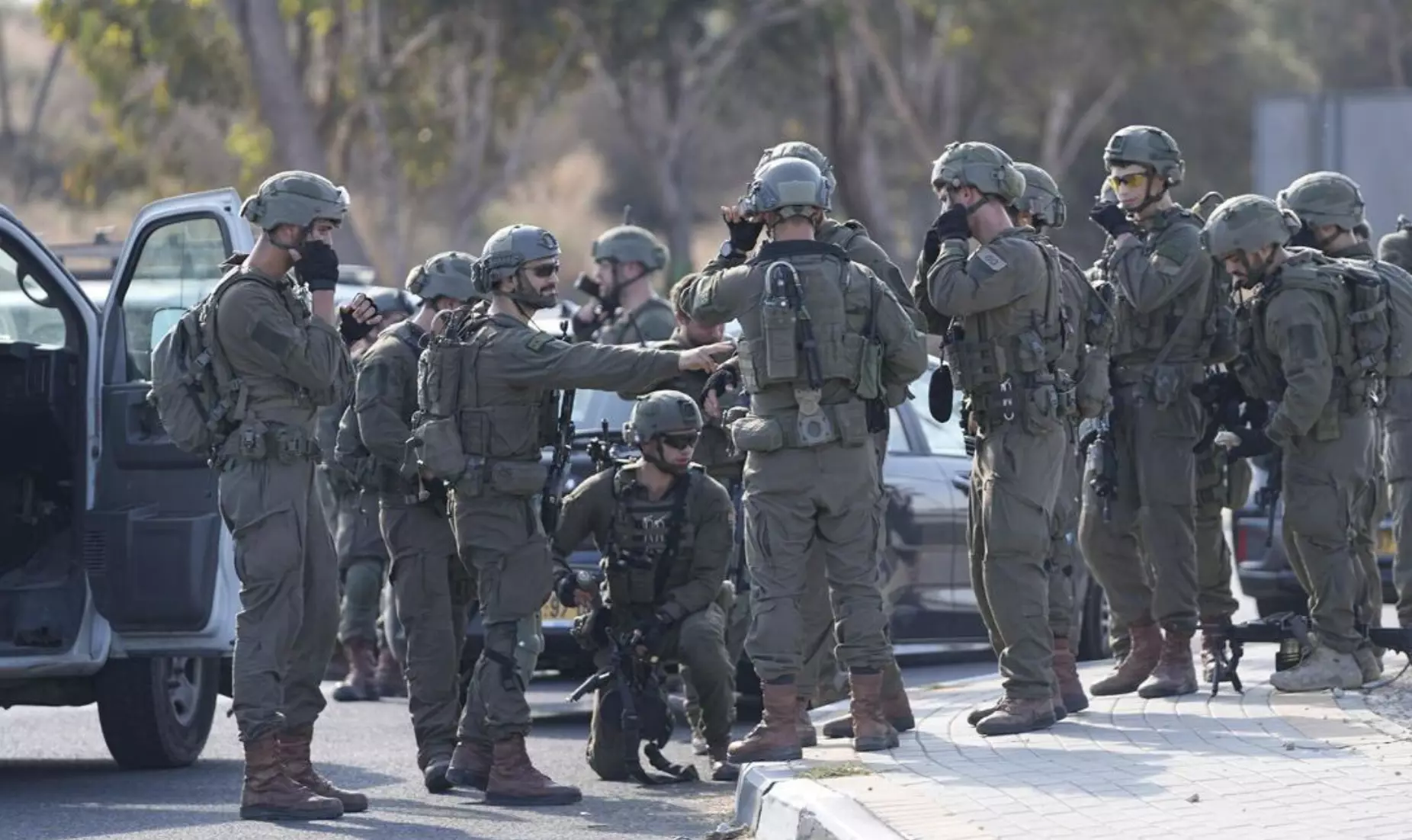Editor’s Note: This article reflects current developments.
On Saturday, Palestinian Hamas terrorists launched a surprise attack against Israel.
In an unprecedented intelligence failure for the modern Israeli intelligence and security apparatus, the Palestinian terrorists killed more than 900 soldiers, policemen, and civilians while wounding over 2,500.
The Israeli military is responding with airstrikes and a large-scale ground operation against the Gaza Strip. Several thousand Palestinian civilians have been killed and wounded so far. The next days ahead are looking bleak for combatants and civilians alike and these numbers will rise.
Caught by surprise
Starting in the morning hours of Saturday, Hamas assault teams infiltrated southern Israel at numerous points. They attacked military bases along the border, an outdoor rave show, and urban centers. In conjunction, Hamas launched more than 3,000 missiles against Israel.
The Israelis were caught completely off guard. About 26 Israeli Defense Force (IDF) battalions that were supposed to be in the south had been moved to the West Bank in the northeast. As a result, Hamas terrorists ran rampant in a murderous spree straight out of the Islamic State’s (ISIS) playbook.
After more than a day of fighting, the Israeli military managed to eliminate most Hamas pockets within the country. According to IDF’s spokesperson, the Israeli military has “regained control of all the Israeli communities” and “there are no more active terrorists in the communities” although fighting along the border with Gaza continues. There are also reported clashes along Israel’s border with Lebanon.
Video released by the IDF shows a large amount of tanks and military equipment being prepared in southern Israel. pic.twitter.com/FPRKOvDVRi
— Moshe Schwartz (@YWNReporter) October 9, 2023
Hamas has captured several Israeli soldiers and civilians and is threatening to execute them if the Israeli military invades or continues with its airstrikes against Gaza.
Meanwhile, rockets and missiles continue to fall within Israel, killing and wounding people. The Gaza Strip is about 37 and 47 miles from Tel Aviv and Jerusalem, respectively. As a result, Israeli civilians and air defenses have less than two minutes to get to shelter or intercept an incoming munition.
The Hamas attacks over the weekend constitute the single deadliest day for the Jewish nation since World War II. That alone should put in perspective the high stakes for the Israeli military to avenge this humiliation.
“Hamas will understand that by attacking us, they have made a mistake of historic proportions. We will exact a price that will be remembered by them and Israel’s other enemies for decades to come,” Israeli Prime Minister Benjamin Netanyahu said.
The next steps
In response to the attacks, the Israeli government of Benjamin Netanyahu declared war for the first time since 1973 and the Yom Kippur War that took place the same year. The Israeli military is building up forces near the Gaza Strip in anticipation of a major ground operation. The Israeli Air Force has been striking at targets within Gaza.
Since the morning hours, IAF aircraft have attacked many targets of the terrorist organizations in the Gaza Strip.
Among other things, the aircrafts attacked a building used by the terrorist organization Hamas in investigations and an operational infrastructure used by the- pic.twitter.com/h1J1a0YrUZ
— Israeli Air Force (@IAFsite) October 9, 2023
With about two million people (mostly of them young) squeezed into a slim piece of land 7.5 times smaller than Rhode Island, the Gaza Strip is one of the most densely populated areas in the world. As such, a ground operation against Hamas enclaves within Gaza will be costly for both sides.
The Israeli military might be very competent and with highly advanced weapon systems at its disposal –including F-35 Lighting II stealth fighter jets – but it has its weaknesses, as the Hamas attacks showcased. Moreover, any ground operation against a densely populated urban area is tough for any military.
Alleys, multistory buildings, and extensive underground tunnel systems mean that the Israeli military won’t have an easy job in Gaza. Moreover, Tel Aviv would need to establish clear military objectives for its ground operation, otherwise, it runs the risk of creating a public opinion trap for itself.
Make no mistake: this conflict is ancient, and, as is often the case, there is wrong on both sides.
Read more from Sandboxx News
- Army misses its recruiting goal again and announces sweeping recruiting reforms in response
- America’s legendary Abrams won’t cut it by 2040, new report concludes
- NATO members are spending big on defense because of Russia – but one non-NATO member is doing the most
- These are the 5 most underrated Army jobs
- America’s new precision strike missile has China in its crosshairs








